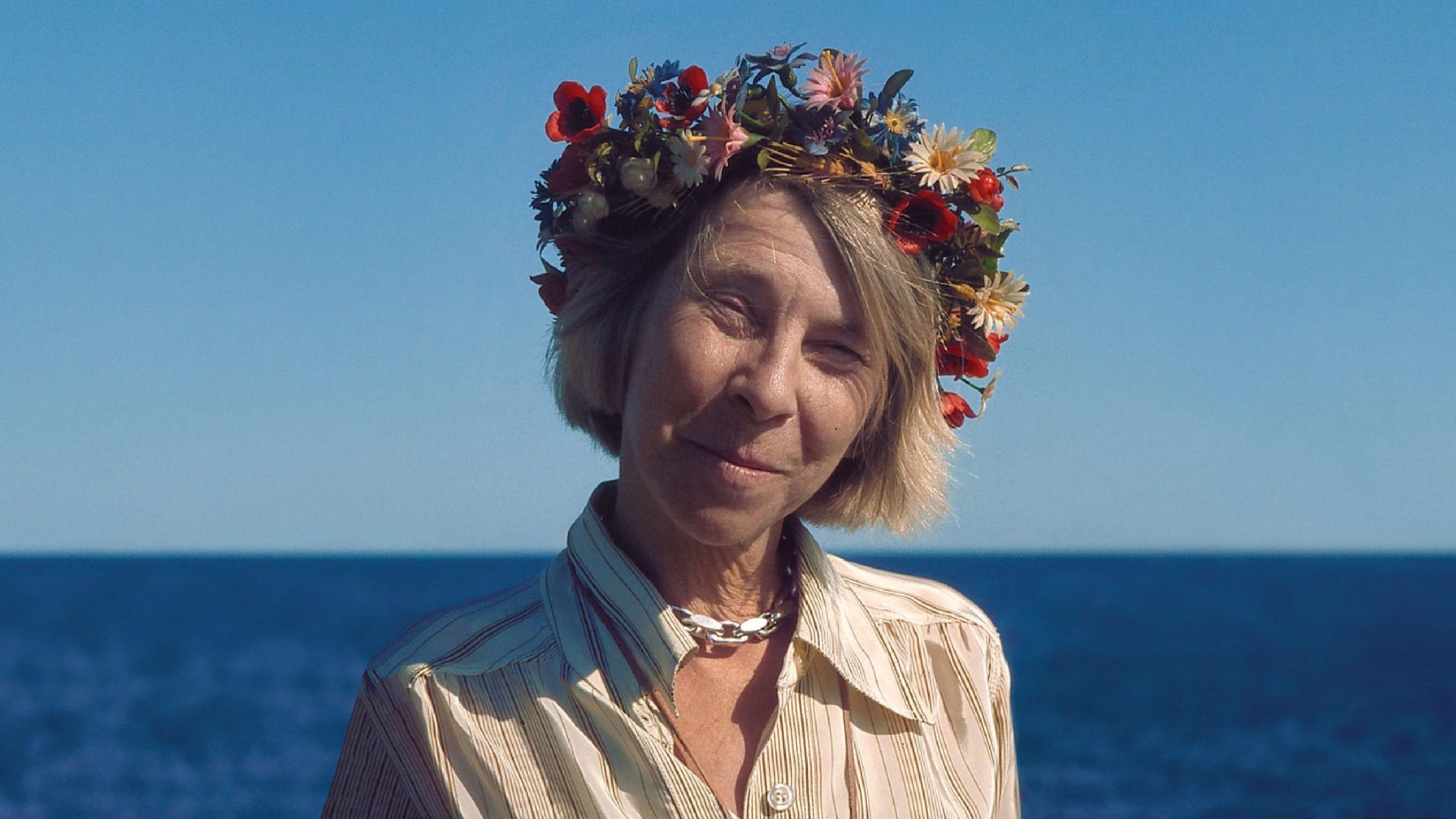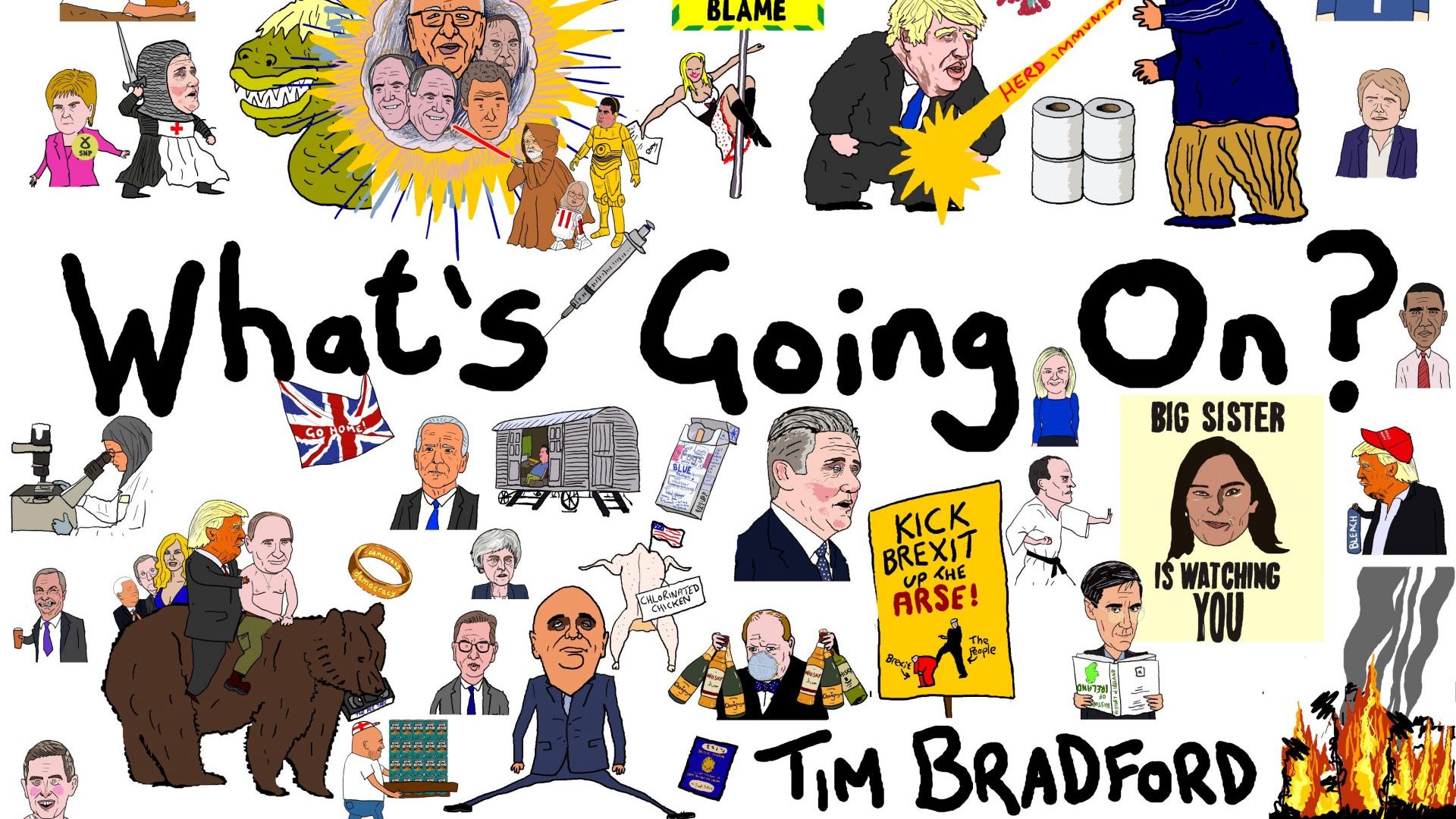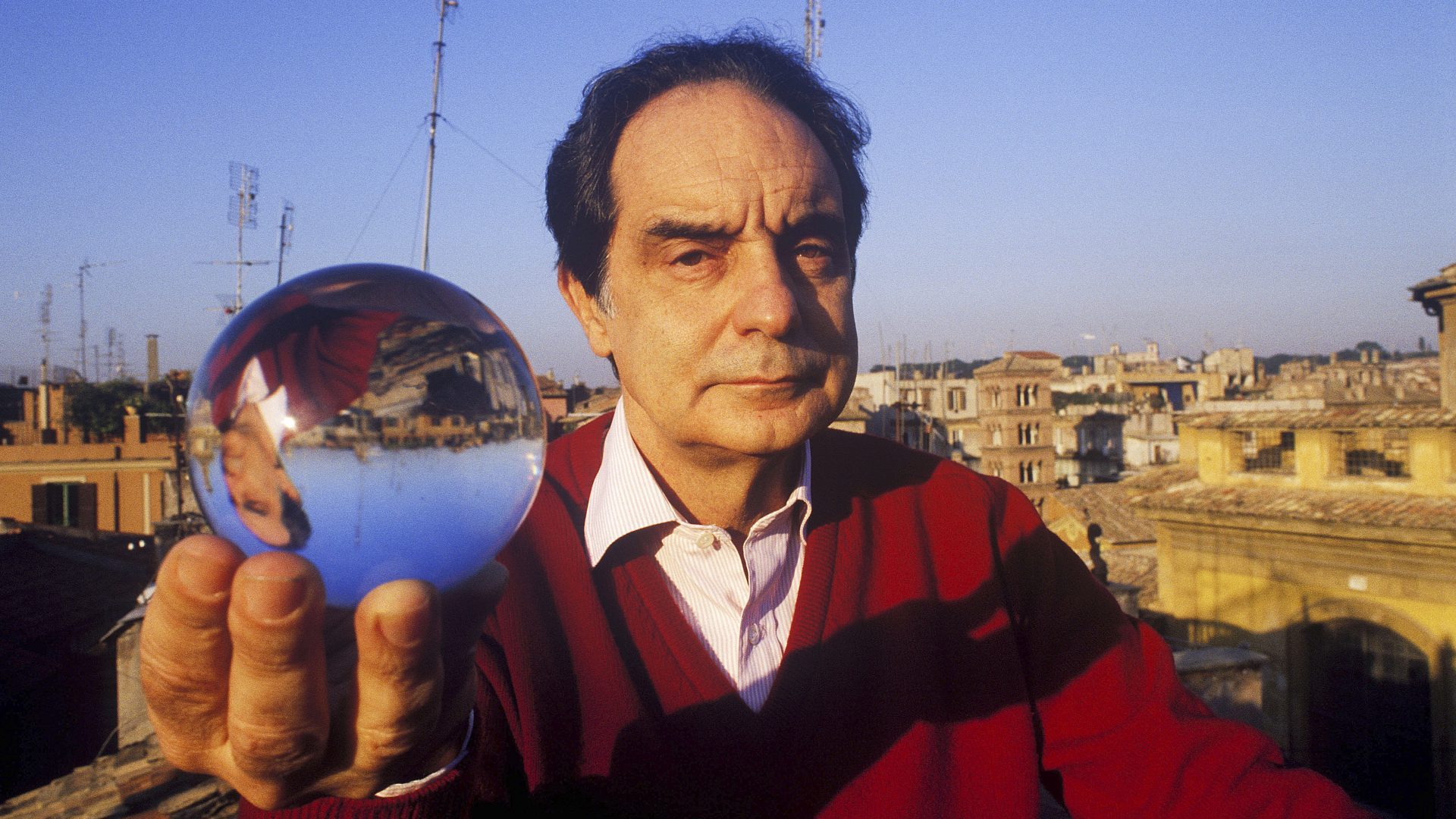“It’s nice to hear that people find there is more to Tove than just the Moomins,” says Sophia Jansson, niece of Tove Jansson, creator of the Finnish family of hippo-shaped trolls. I have just admitted to having never read the books that are so beloved of children across the globe. Don’t worry, says Sophia, she was never forced to read the Moomin books when she was young.
Sophia is walking me through Houses of Tove Jansson, a 360-degree look at her aunt’s life and work. The show, a collaboration between the artist’s estate and The Community, a French curatorial institution, has been imaginatively staged at Espace Mont-Louis, a former printshop in the 11th arrondissement of Paris.
The Moomins are a global phenomenon. But Tove created so much more.
During a career spanning six decades, Jansson was a painter, novelist, short-story writer, commercial illustrator, satirist and cartoonist. She can also be seen as a lesbian role model and an environmentalist. This is all in addition to her most famous role as a children’s author.
In words or pictures, she addressed themes of family, nature and free will, often binding all three together. The Paris exhibition is the latest venture by the Jansson family to bring this Finnish icon out of her self-made Moomin-shaped shadow.
Tove was born in Helsinki in 1914 into an artistic Finnish family that was bohemian but established, a fixture in the cultural set of the country’s Swedish-speaking minority. Her father, Viktor Jansson, was a sculptor. Her beloved mother, Signe Hammarsten-Jansson, known as Ham, was a successful graphic artist who designed some 200 Finnish postage stamps. One of her younger brothers, Per Olav, became a photographer; the other, Lars, Sophia’s father, also became a writer.
The Jansson family dynamic was complicated, especially during the second world war. There is a telling picture, painted by Tove in 1942, that presents a family caught up in silent appraisal of one another. Ham frowns at Viktor; Per Olav and Lars aimlessly play chess; and Tove looks mournfully out at the viewer. Ham and Tove, a committed pacifist, disapproved of Viktor’s sympathies for the German forces. Tove would always have a strained relationship with her father.
The postwar years created both success and stability for Jansson. After relationships with both men and women in her youth, she found a life partner in the female printmaker and graphic designer Tuulikki Pietilä. From the mid-1950s to the end of the century they were inseparable.
Her first Moomin book, The Moomins and the Great Flood (1945) set the tone for a series about forests, valleys, friendships and environmental calamities. She would return to the Moomin fold for nearly four decades, creating a brand that would encompass television, theatre and opera, as well as literature.
During these years, however, she pursued a parallel life as a painter. In presenting her works on canvas, the Paris show is a revelation. During the 1940s, Jansson pictured herself as an independent figure: in Smoking Girl (1940) her eyes, pinched from cigarette smoke, look insouciantly away; Lynx Boa (1942) has her wrapped in furs, while her face remains icy. And she experimented: she flirted with the French style of loose colourful landscapes; a still-life of bottles from 1953 recalls the static simplicity of Giorgio Morandi; the following decade she tinkered with abstraction.
There was a huge array of other work: she filed cartoons for the satirical magazine Garm (mocking Hitler and Stalin in the process), wrote songs, and decorated furniture with folk art. She provided illustrations for Finnish editions of The Hobbit and Alice in Wonderland. In 1947 she painted a fresco of a cocktail party for the Helsinki Town Hall. And yet, these explorations in paint, craft and design were largely overlooked in her lifetime. When she died, aged 86, obituaries focused on her little white trolls.
Jansson’s posthumous renaissance in Britain has been largely due to a small press in London. In 2003, Sort of Books reissued an English translation of The Summer Book, Tove’s long-forgotten novel about island life and bookended generations. The Summer Book chronicles the bittersweet moments shared by a grandmother and granddaughter on an island in the Gulf of Finland and was based on Jansson family holidays during the late 1960s, during which a pre-teen Sophia played with Tove’s elderly mother, Ham.
In the novel, these two familial bookends while away the weeks beachcombing, bickering and imagining, surrounded by seaweed and storms. The girl’s father is there but oddly absent from the adventures. At the heart of the book is an unmentioned void left by the girl’s dead mother, the missing link in the female chain.
Like her literary alter ego, Sophia lost her mother when she was an infant. “You only have to read the first paragraph to know you are on to something special,” says Natania Jansz, who runs Sort of Books with Mark Ellingham (the husband-and-wife team behind the Rough Guides travel series).
Jansz wasn’t surprised by the success of The Summer Book. “Jansson creates an extraordinary mix of light and dark, of innocence and an awareness of mortality.” The book begins with a search for the grandmother’s false teeth in a bed of peonies. It was filmed earlier this summer, with Glenn Close in the role of the grandmother.
Over the past two decades, Sort of Books have published nine volumes of Jansson’s fiction for adults. They are mercurial books, flitting between sharp realism and folkloric dreaminess. Jansson could create a world of intrigue in a changing tide or a tangle of branches, and somehow relate those natural patterns to a web of human emotion and intent. There are echoes of Daphne du Maurier, except with herring and saunas.
I came to Jansson through these novels and short stories, beguiled by their advocacy of escape. In the semi-autobiographical story The Iceberg, the frozen ominous form lingering in the bay fascinates a girl, suggesting both danger and opportunity. “My iceberg looked like a tattered crown,” writes Jansson. “It was lying there bumping against the rocks at the end of the point where it was deep, and there was deep black water and just the wrong distance between us.”
Jansson wanted to “be an artist on her own terms,” notes Sophia. And, of course, not having children of her own allowed her the freedom to focus on creative pursuits.
Was her niece a substitute daughter? “No, she didn’t use me as a surrogate child, but yes, books were read to me out loud as a test audience,” Sophia smiles. “I never heard her say anything to the effect that she regretted not having children herself. My mother died when I was very young, so my family, which was I thought a normal family, consisted of my dad, my grandma, Tove and Tuulikki. They were my core family and it was not until was in my late teens that I thought: ‘Wait a minute!’”
Jansson’s idea of inclusivity – in particular the central presence of children – is a particularly Scandinavian notion. “I think that’s something we have a bit under our skin, that children are in focus,” says Sophia. “There’s an understanding that they’re the future. If you are involved in literature, it’s one of the fundamental pillars.”
The “houses” referred to in the exhibition title are literal – Jansson’s atelier in Helsinki, her island cabin, the turreted Moominhouse of her imagination – and her creative spaces. The location for the show, with its numerous rooms, workshops and levels, highlights this compartmentalisation, letting each area show a different side to her character and career: family, Moomins, illustration, writing, painting, island life.
It also allows several contemporary artists to present works inspired by Jansson. The most pertinent are a series of large-format works on paper by Emma Kohlmann: slightly sinister Matisse-like pictures of palm fronds and creepy crawlies that echo the more eerie elements of Jansson’s work.
British audiences are drawn to the values that shine through all of Jansson’s activities, notes Jansz. The author dismissed notions of a “Moomin philosophy” but it was certainly there.
As Sophia explains: “Her main theme was, basically, we need to be nice to each other, tolerant and inclusive. Perceptive. See each other, no matter what size, religion, nationality, creed, you name it. It’s the individual in there that’s important rather than the tribe.”
Her outlook feels prescient. “Her attitude is needed just as much now as it ever was,” says Sophia. And the sense of otherness reflected in her Moomin books appeals to the queer community, although Tove considered her sexuality to be a private matter: “She was of a generation that you were who you were but you didn’t advertise it.”
The paradox of being both independent and inclusive lies at the heart of Jansson’s oeuvre. Looking down from the mezzanine at Espace Mont-Louis – across pockets of Jansson’s endeavours – I’m struck by the image of a life lived like a gull: landing at islands, moving on, returning, before taking flight once again. The exhibition looks like an aerial map of freedom.
Houses of Tove Jansson is at Espace Mont-Louis in the 11th arrondissement of Paris until October 28 2023



